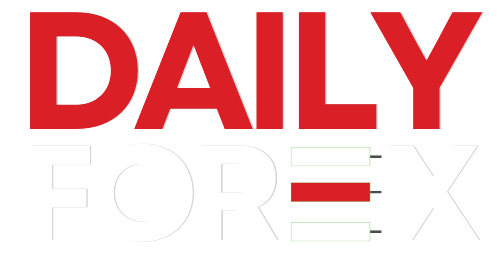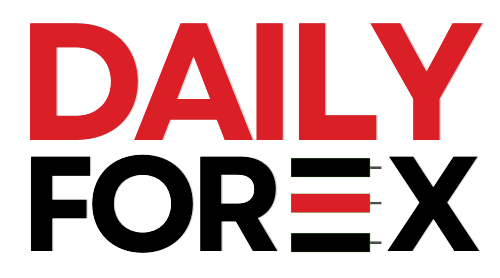One of the smartest moves you can make as a trader? Knowing exactly where to take profits.
That’s where Fibonacci price extension levels come into play. These powerful tools help you identify potential support and resistance zones beyond the current trend, guiding you on when to close a trade and lock in your gains.
Let’s explore how to use Fibonacci extensions to set precise take-profit targets—whether you’re trading with the bulls or the bears.
📈 What Are Fibonacci Extensions?
Fibonacci extensions are horizontal levels that indicate where price might move after a retracement ends. Unlike retracement levels, which help find entries, extension levels help spot exits—making them perfect for profit-taking in trending markets.
These levels are drawn using three points on the chart:
- Swing Low – Start of the move (for uptrend)
- Swing High – End of the move (for uptrend)
- Retracement level – Where the pullback ends
The result? A series of projected levels like 61.8%, 100%, and 161.8%, showing you where the market could potentially pause or reverse.
🛒 Using Fibonacci Extensions in an Uptrend (Take-Profit in Long Trades)
Let’s say USD/CHF has been on a solid uptrend. You identify a retracement, which stalls at the 50.0% Fib level. The trend resumes, and you want to know: Where should I take profit?
Using the Fibonacci extension tool:
- Select the Swing Low
- Drag to the Swing High
- Click again at the retracement point
💡 Result: Extension levels are plotted on your chart, showing ideal zones for profit-taking.
Key Profit Zones to Watch:
- 61.8% extension – First area of interest
- 100% extension – Key resistance, often attracts large-scale profit-taking
- 161.8% extension – A target for trend continuation traders
✅ In our example, price pulled back to the 50% level, then rallied to test the 100% and later the 161.8% levels—making each an excellent exit opportunity.
📉 Using Fibonacci Extensions in a Downtrend (Take-Profit in Short Trades)
Now imagine you’re trading a downtrend, like EUR/USD on a 1-hour chart. After a retracement hits the 61.8% Fib level, price forms a doji—a bearish reversal sign. You enter a short trade.
Using the same process in reverse:
- Select the Swing High
- Drag to the Swing Low
- Click at the retracement point
You’ll see Fibonacci extension levels like:
- 38.2% extension – Initial profit-taking zone
- 50.0% & 61.8% – Stronger support zones
- 100% – Potential full move completion
In our example, each of these levels acted as temporary support—proving valuable for exiting with profit before price reversed again.
⚠️ Tips & Considerations When Using Fibonacci Extensions
- No level is guaranteed. Any Fibonacci extension level may or may not act as a valid support or resistance.
- Swing selection matters. Choosing which Swing High/Low to use can be subjective. You might pick the most recent move or a longer-term swing.
- Combine with other tools. Use extension levels alongside trend lines, candlestick patterns, or moving averages for better confirmation.
- Always manage risk. Don’t blindly hold for 161.8% if the market shows signs of exhaustion at 100%.
✅ Final Thoughts
Fibonacci extensions are more than just fancy lines on a chart—they’re actionable tools that can help you exit with precision and maximize your profit potential.
When used with confirmation from price action, sentiment, or confluence zones, these levels give you an edge in a market full of uncertainty.
Next time you enter a trade, ask yourself: “Do I know my way out?”
Because with Fibonacci extensions, now you do.
Stay informed with Daily Forex Pakistan.




